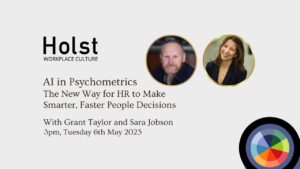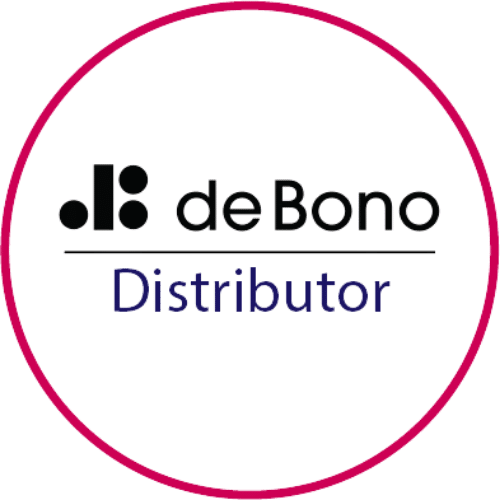Invest in your people to create and elevate a healthy workplace culture where everyone can thrive.

"While the cost of living crisis is widespread and competitive salaries are important to all employees, many are also looking for supportive working cultures, opportunities for career growth, and flexibility in their work schedules."
Claire McCartney, resourcing adviser at the CIPD
Organisations that invest in the long-term development of their people can expect higher productivity, retention and loyalty. People perform at their best when they feel their employer ‘has their back’, values their contribution and puts as much into the transaction of work as they get out of it.
In order to do this, the organisation should invest in its people. Not just in financial terms, but also by placing well-being at work at the centre of the organisation’s objectives.
So what steps can an organisation take to invest in their people?
Identify, elevate and reward your key performers
Do you know who are the people that bring real value to the organisation? They might be among your leadership team, but could also be elsewhere in your organisation, making sure that the wheels keep turning at every level, every day.
Your leaders have the potential to make or break high performing teams. It’s crucial that they have the appropriate personality traits and trainable skills to lead effectively and fairly. A robust approach to recruitment will ensure that you attract, select and onboard the right people to lead your teams. Further investment in their development will enable them to be agile in response to the challenges they will inevitably face.
Employers should also have eyes on the future. It’s not enough to invest in your current top performers. You should also know who is waiting in the wings. Homegrown talent is cost-effective and when nurtured well can minimise disruption when others exit the organisation (hopefully for positive reasons). A recent survey reported that IT functions could save up to 83% on the cost of hiring a manager if they develop internally, while finance could save 92% on leadership recruitment. Although external hires can bring new perspectives, planned promotions bring stability and show that there is achievable career progression within the organisation.
Prevent quiet-quitting, burnout and disengagement with a clear training and development plan
"Workers who experience the elements of a toxic culture are more likely to suffer from greater stress, anxiety, depression, and burnout. They are also 35-55% more likely to be diagnosed with a serious physical disease."
Donald Sull and Charles Sull, MIT Sloan Management Review
The key to employee engagement is commitment and communication. Why should your people care about optimising their performance at work, if they do not feel the effort is reciprocated by their leaders? Create, communicate and deliver a clear training and development pathway that applies to all your people, not just the headline stars. This goes a long way towards creating a workplace culture where everyone, and their skills, are valued.
It’s important to have a plan which is adaptable. For example, not everyone needs presentation skills, but most of us can work on our motivation, resilience and emotional intelligence. Or perhaps, some will benefit from developing their approach to creative thinking, or gain the confidence to speak up in meetings. Wherever your people have gaps, the ability to draw on a wide range of training options which make for an inclusive development strategy is critical to success.
Regularly review progress in your investment
Decide what success looks like to your organisation and align your development strategy to it. It’s not enough to put people on a development pathway and mark that box ‘ticked’. This is where HR teams are uniquely placed to regularly review progress and adjust the plan where appropriate.
In order for your investment in your people to be judged as a success, there needs to be a measurable result. This could be year-on-year changes in:
- Employee turnover
- Recruitment costs
- Disciplinary costs
- Financial targets
It’s also important to review progress with those people on the bespoke development plan to maintain their engagement in the process. Here HR teams can use their skills to understand the workplace challenges people face in greater depth. These insights enable them to create solutions that are beyond the remit of business leaders.
This focus on regular review, feedback and agility within the development strategy strengthens the vital role of HR within the organisation. Together with leaders at every level, HR teams can design and put in place a development strategy which elevates a healthy workplace culture and addresses organisational objectives.
Invest in your workplace culture with Holst
A recent report revealed that the top priority for job applicants is a consciously created culture that provides a wonderful employee experience. The quality of your workplace culture depends on how well your people within it work together and believe their contribution is valued.
Talk to us to find out how we help HR teams to create, communicate and deliver successful development progammes that optimise workplace culture.





